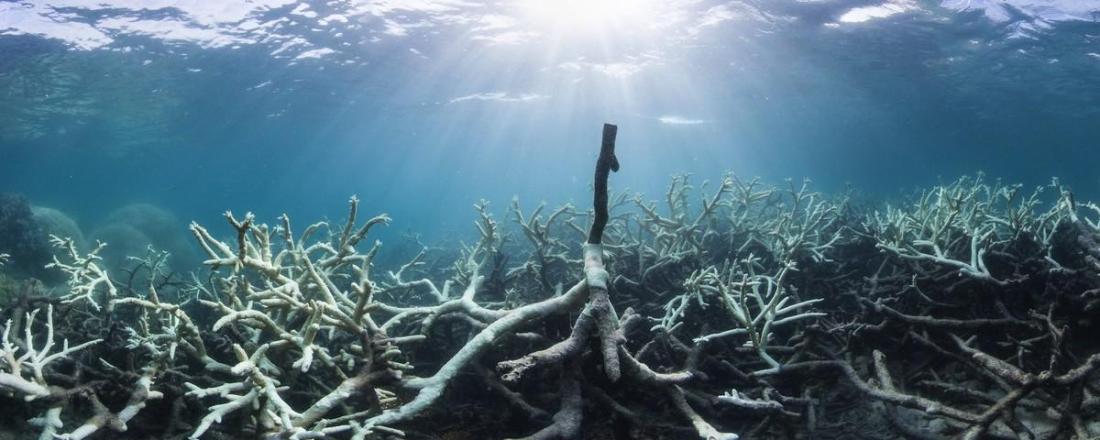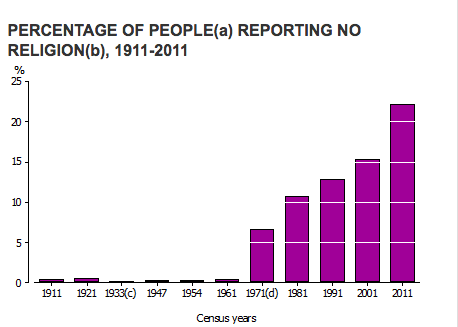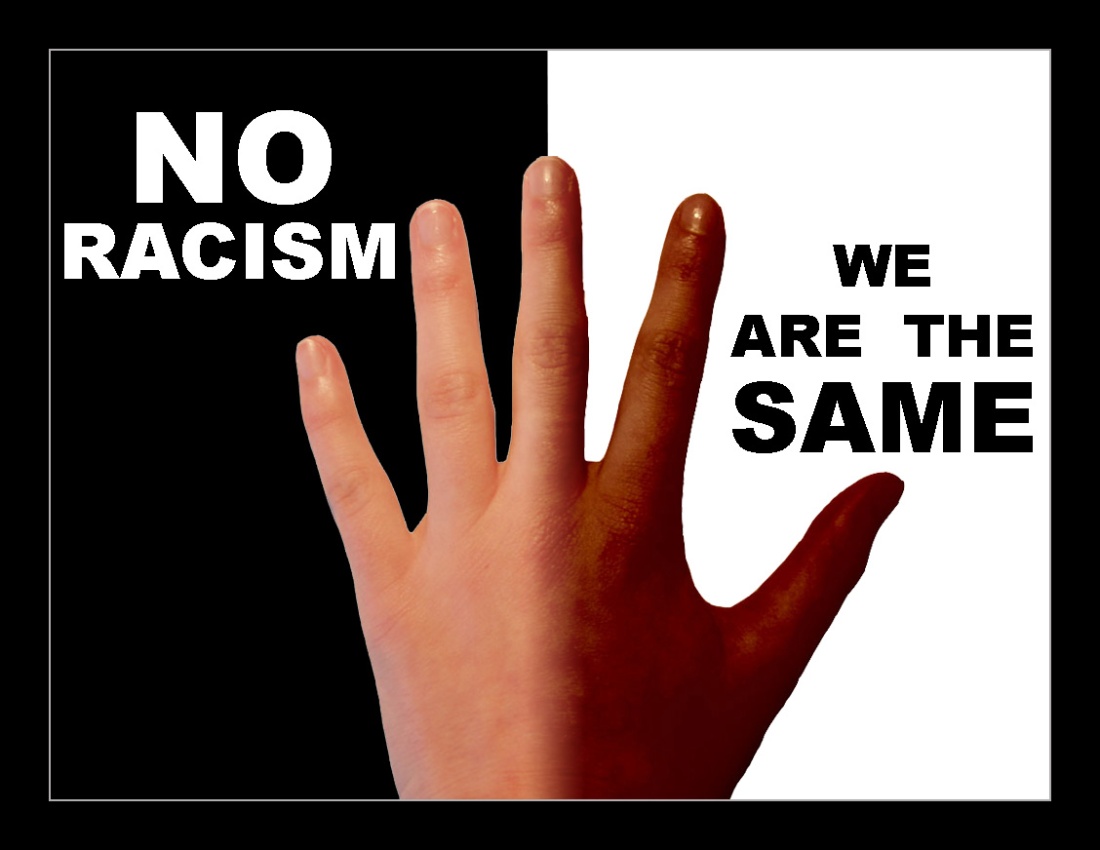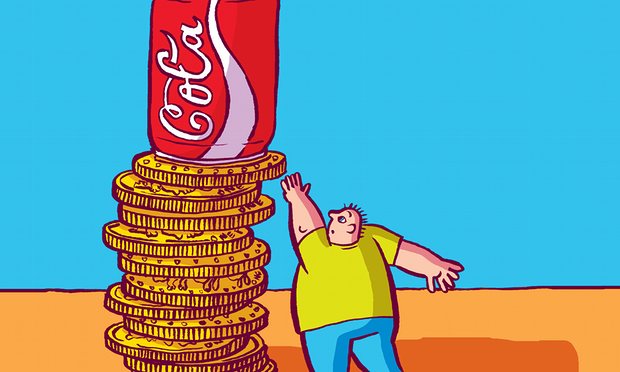Have you ever noticed your sunscreen floating on the water? Do you know the sunscreen is harmful to coral? What can we do to avoid this tragedy happen? Join me to enjoy the beauty of the Great barrier Reef and protect it!
Tag: #The Great Barrier Reef #travel #scuba diving #snorkelling #sunscreen #coral bleaching #coral conservation
By Ko-Ning, Hu (440480996)
The Great Barrier Reef, no doubt, is one of the best diving sites in the world. It is the heaven for people who love swimming, diving, snorkelling and sailing. The living masterpiece of nature is so gorgeous; it can even be seen from outer space. The Great Barrier, which ranked in the World Heritage, along the Queensland extends more than 2,000 kilometres of coastline. There are over ten sights attract great numbers of tourists day by day. After doing detailed research, I, who with a passion for the ocean, decided to go Airlie Beach for exploring the mystery of the Great Barrier Reef.

A fantastic experience of snorkelling
I took the yacht and started my journey. It was a sunny, lovely day; I coated sunscreen on my skin while having the preparation course for snorkelers. The staffs carefully explained steps of snorkelling as well as all safety matters. After having some snakes and a little bit of fantasy on the yacht, I finally arrived at the destination. Snorkelling is the easiest way to enjoy the beauty of the Great Barrier Reef directly. All the equipment you need is the mask, snorkel and fins (people who are fear of drowning may put on life jacket). Standing on deck and feeling the salty small of the sea, I could not wait to jump into the water. I will never forget the moment that I jumped. From the beginning, you might feel a bit of dizzy; however, your body will adapt it soon. I dove into the water and saw colourful coral in front of me vividly. I was so excited but on the other hand, I feared to touch and hurt them. All I can do was floating on the sea and leave the image inside my mind. While diving, I got to see a baby shark, turtle, Nemo (clownfish) next to me. They were so close to me and had peaceful coexistence mode with reefs. After an enjoyable skin diving, I set on the deck and took some pictures of my friends, who were still in the water. The sunlight was so strong and suddenly I saw a layer of sunscreen floating on the water. I did not notice abnormal until I removed my makeup at night. “Will the sunscreen hurt reefs?” this question hovering in my mind for couples of days. I promised myself that I must find out the answer.

Sunscreen is polluting the Great Barrier Reef
According to a study, benzophenone-3 ,which is an ingredient in sunscreen lotions that protects against the damaging effects of ultraviolet light, is coral reef killer, as long as one drop is enough to make an area of coral reefs decease. There are about 3500 kinds of sunscreen products containing oxybenzone and it is easy to imagine the pollution. The coral reef ecosystem is very fragile. Putting a drop of oxybenzone in six and a half Olympic-sized swimming pools has been sufficient to cause pollution. Oxybenzone (also called benzophenone) is adequate to collapse coral reefs to survive. It will not only kill the coral, also will cause DNA damage to adult corals. Moreover, infancy coral will have DNA defect, this will hinder the normal development of the coral. The region with the highest concentration of oxybenzone was found in the most popular place for tourists. In addition, oxybenzone can also cause coral bleaching; this is the most important reason that causes the death of coral worldwide

NOAA made the chart and explained the reasons and process of coral bleaching. NOAA believed that the main cause of large-scale coral bleaching is global warming, and followed by pollution. Excessive exposure to sunlight or air can also cause bleaching. This year, scientists point out that 93 percent of coral of the Great Barrier Reef in Australia has been bleaching. Facing El Niño, they also predict that more than half of bleaching coral will die.

Steve Doo, a PhD candidate at the University of Sydney studying the impacts of changing climates on animals in the Great Barrier Reef, explained:” The most direct evidence comes from the beaches, where have large numbers of people playing. Another way is polluted water. After playing in the water, people will take a shower but forget the sunscreen will flow to other places.” Each year, there is approximately 14,000 tonnes sunscreen flow into the water. Most of the coral contain 1 percent to 10 percent of oxybenzone, however, at least 10 percent of corals on the world have exposed to high dose of oxybenzone.

What can we do when choosing sunscreen products?
Although there is no guarantee of any sunscreen products that is harmless for coral (reef friendly), using a natural mineral sunscreen would surely be beneficial to protect the environment. General sunscreen products are divided into chemical and physical sunscreen and most of the chemical sunscreen products that contain chemicals oxybenzone. This not only causes coral bleaching, also cause skin sensitivity, cell damage, and even interfere with hormones. Professor David Booth, who is one of the members of The Australian Coral Reef Society (ACRS) from School of the Environment in the University of Technology Sydney, said: “The main ingredient of physical sunscreen products is light particles from natural minerals. It will form a thin film on the skin surface and then block UV light. This will neither penetrate the skin nor be harmful to the environment.” Therefore, we should pay attention to ingredients when choosing sunscreen products to avoid harm to the environment.
Marine area accounts 70 percent of the Earth and gives birth to countless marine life. Coral reefs are so important because they provide a living environment for 25 percent of marine plants and animals. Once coral reefs bleaching and death, marine ecosystems will inevitably chaos. The ocean is facing a serious threat, will you be willing to do more to change their habits and save the ocean?











